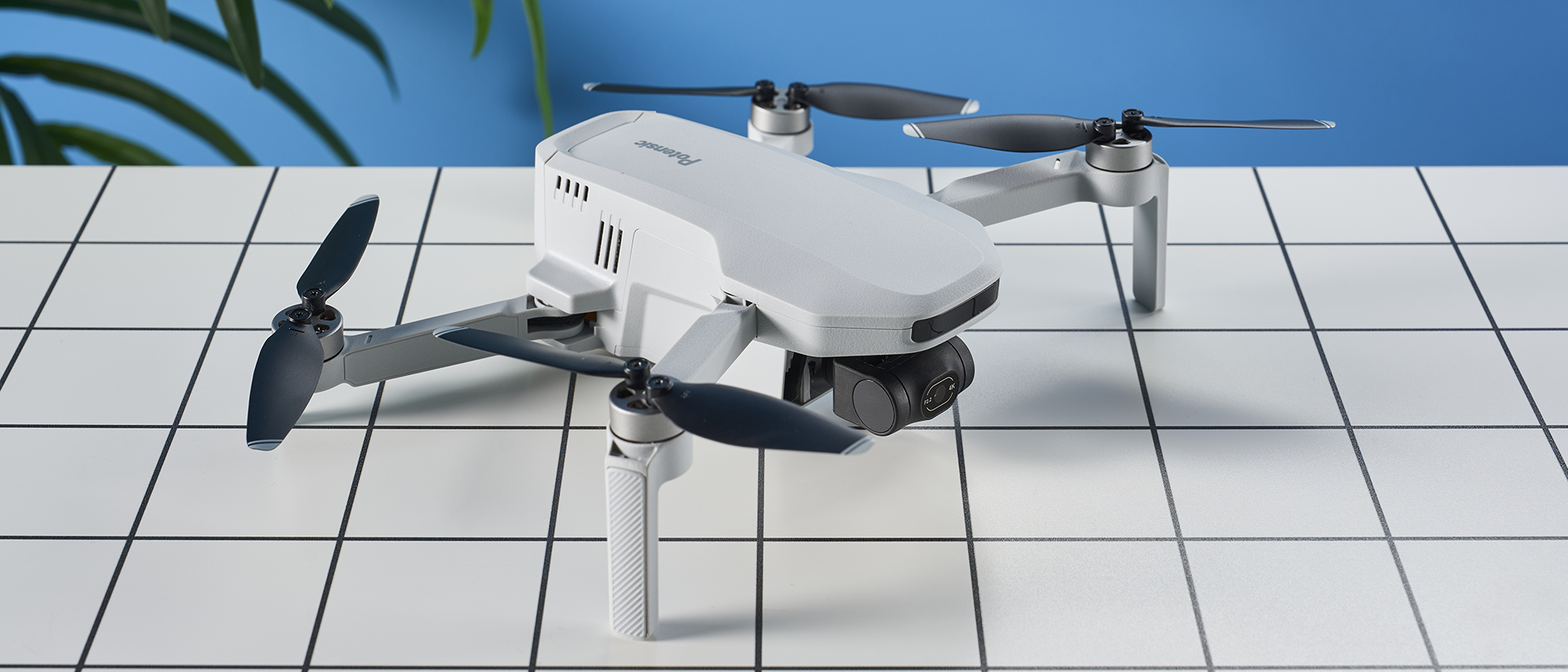Tom's Guide Verdict
The Potensic Atom is a fantastic entry-level drone starting at just $299. It offers 4K/30fps video in a compact and lightweight body, it captures detailed stills, and it’s very easy to fly. But there’s no obstacle avoidance, build quality is only passable, and the FOV is narrow compared to other drones.
Pros
- +
Compact and lightweight
- +
Easy to fly and control
- +
Up to 4K/30fps video
- +
Multiple QuickShot modes
- +
Detailed stills
Cons
- -
No obstacle avoidance
- -
Build quality is only just passable
- -
Narrow FOV compared to other drones
Why you can trust Tom's Guide
Drone photography has become more accessible and these days you don’t need to spend thousands of dollars on one of the best drones — like the Potensic Atom. If you want an affordable alternative to the likes of DJI, let me introduce you to this great little 4K drone.
The Atom captures lovely 4K/30fps and 1080P/60fps footage and detailed 12MP stills. With the PotensicPro app on your smartphone, you can fly it via your phone itself or by hooking it up to the included controller — and it’s easy to control too. Compact and lightweight for easy transport, the Atom is great value for money, starting at just $299. But it does have a few flaws, like the absence of obstacle avoidance, lackluster build quality, and a narrow FOV compared to similarly priced drones.
For the complete breakdown, read my full Potensic Atom review.
Potensic Atom review: Specs
| Specs | Potensic Atom |
|---|---|
| Price | Starts at $299 / £269 |
| Flight time | 32 minutes |
| FAA registration | Not required |
| Image sensor | 12MP 1/3-inch |
| ISO | 100-6400 |
| Shutter speed | 1/24-1/25,000s |
| Aperture | f/2.2 |
| Focus | Not specified |
| Max video resolution | 4K/30fps |
| Stabilization | Three-axis gimbal |
| Indoor use | Yes |
| Propellers | Four |
| Max takeoff altitude | 4000m |
| Max flight distance | 3.7 miles (6km) |
| Navigation system | GLONASS, GPS, Galileo, BeiDou |
| Smartphone control | Yes |
| Internal storage | No |
| Size | 8.26 x 5.98 x 2.28 inches (unfolded, without propellers) |
| Weight | 8.8 ounces (249g) |
Potensic Atom review: Cheat sheet
- What is it? An inexpensive lightweight 4K drone
- Who is it for? For those just starting out in drone photography
- How much does it cost? The Potensic Atom starts at $299 / £269 and goes all the way up to $379 / £369 for the Fly More combo
- What do we like? It’s compact and lightweight and easy to fly, it can shoot 4K/30fps and 1080P/60fps video, and it captures detailed stills
- What don’t we like? There’s no obstacle avoidance, build quality is okay, and the FOV is narrow compared to other drones
Potensic Atom review: Price & availability
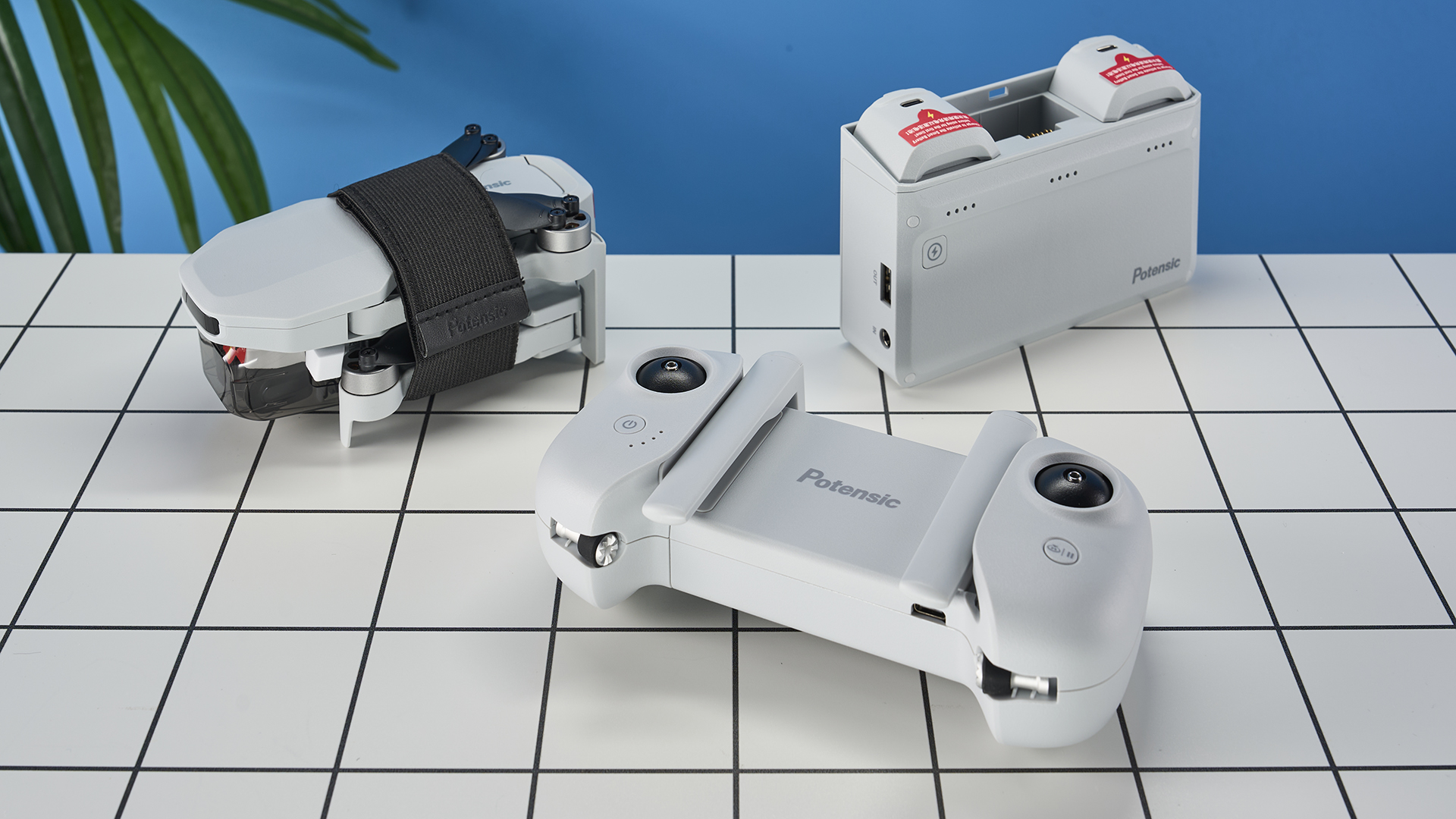
The Potensic Atom has a retail price of $299 at Amazon U.S. / £269 at Amazon U.K. for just the drone. You can also get the Fly More combo for $379 at Amazon U.S. / £369 at Amazon U.K. which includes three flight batteries, a charging hub, and a carrying bag.
Potensic’s offering is a cheaper alternative for those who don’t want to spend more on the DJI Mini 3 ($409). The Atom is priced similarly to the DJI Mini 2 SE ($279) and the HOVERAir X1 ($299), but it’s slightly pricier than the DJI Neo ($199).
Potensic Atom review: Design & controls
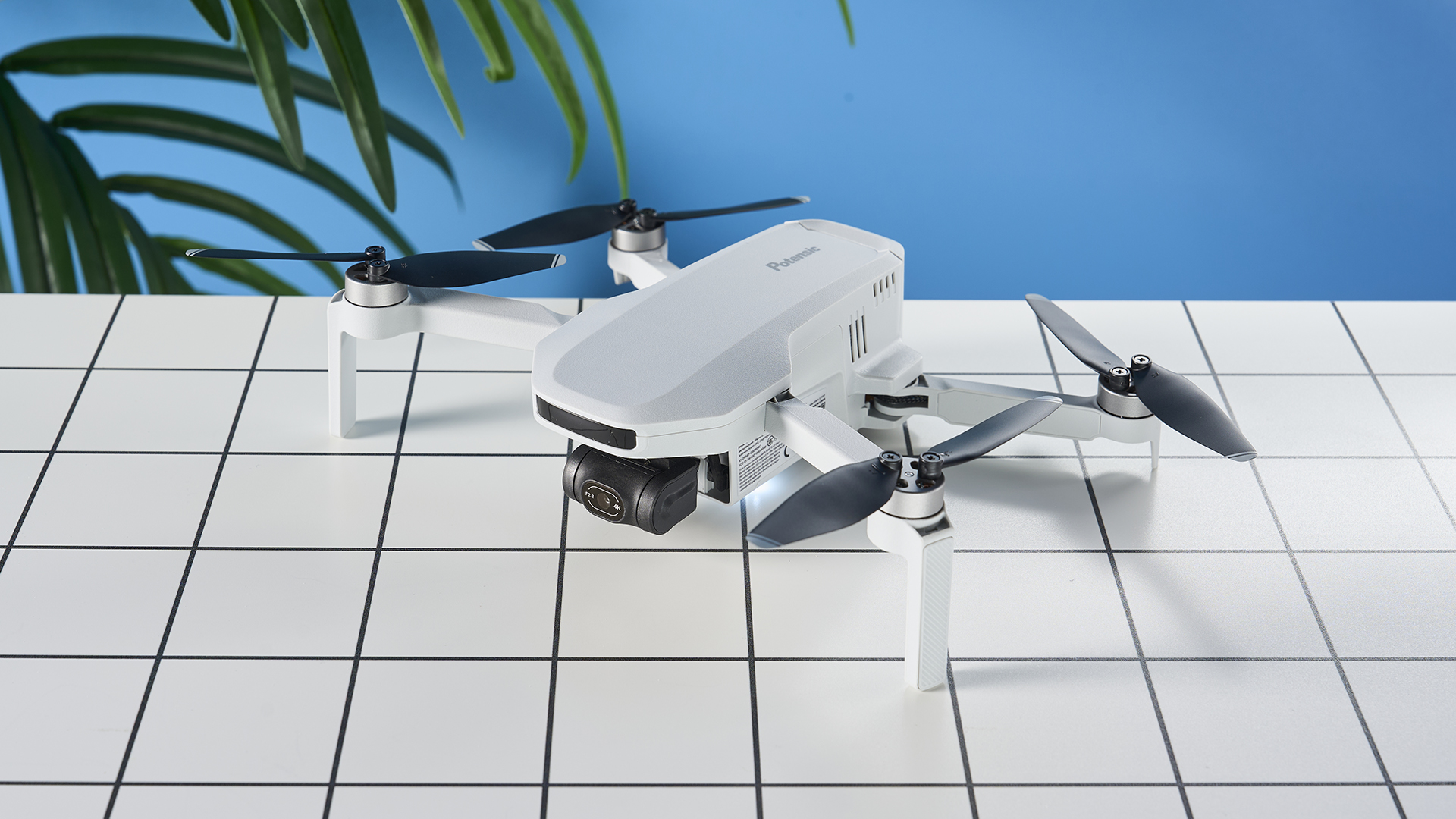
The Potensic Atom looks very similar to the DJI Mini 2 SE, and they both have similar dimensions too. The Atom measures 8.26 x 5.98 x 2.28 inches (unfolded, without propellers) and its small size means it's great to travel with. Also contributing to this is its weight. It weighs just 8.8 ounces (249g), so I had no problem carrying it in my backpack or the included bag. This also means that you don’t need FAA/CAA registration to fly it — but I recommend looking at local laws before you take to the skies. However, because it's lightweight, the Atom is susceptible to strong gusts of wind so I’d recommend checking wind conditions before taking off.
The Atom’s four propellers fold easily and stay secure in place, but the Atom’s overall build quality isn’t fantastic. It doesn’t feel premium like DJI’s drones, and borders on feeling too plasticky. This extends to the propellers, which don’t feel very durable — thank goodness you get a bunch of extras. I tested the Fly More combo which comes with eight pairs of spare propellers, 16 spare screws, and three adapter cables for the controller (microUSB, USB-C and lightning) — it’s nice to see that Potensic took every type of smartphone into consideration, new and old.
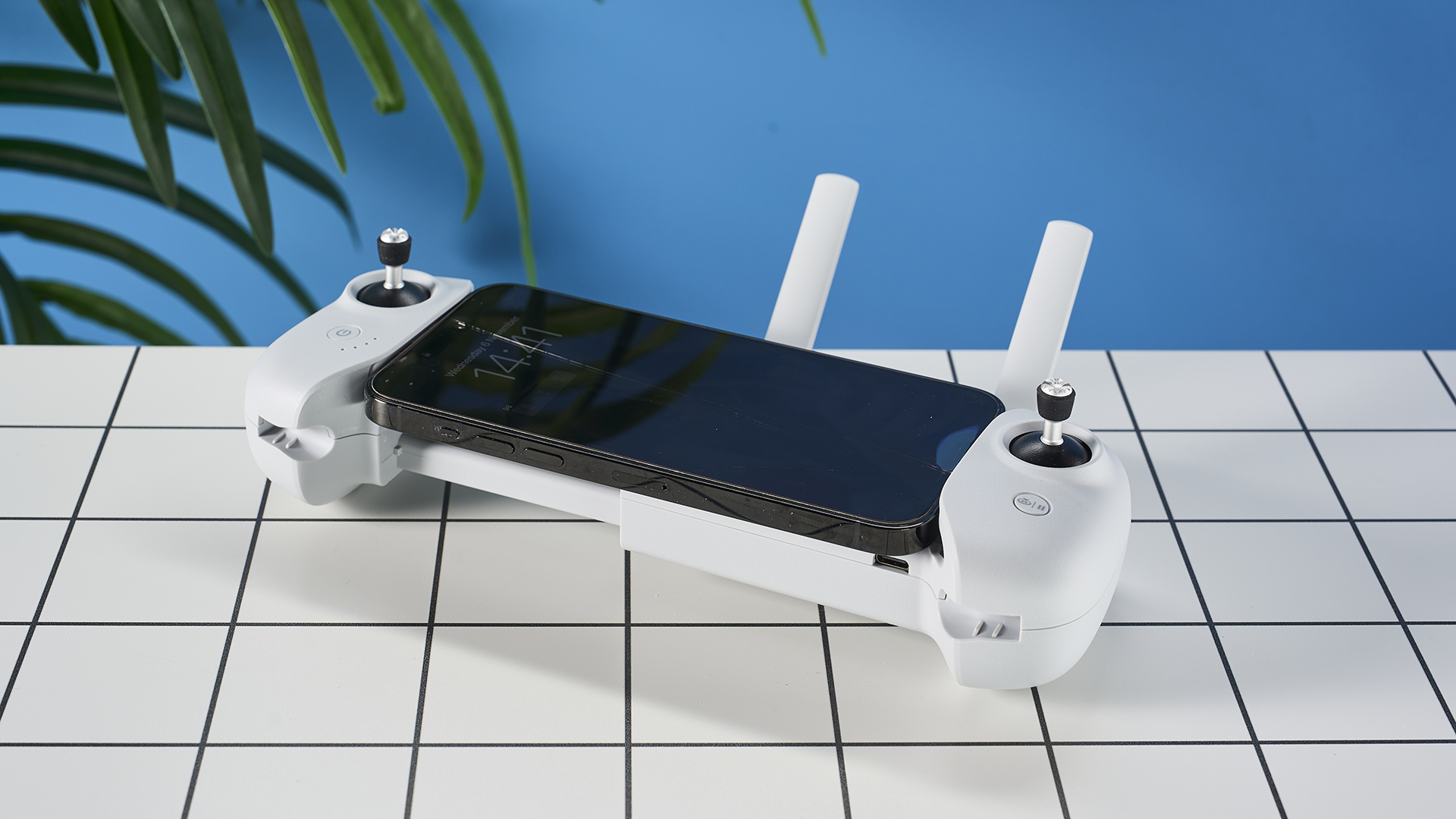
Whether you buy the standard kit or the bundle, the DSRC02A controller will be included. The controller extends to fit most modern smartphones — I had no problem using my Google Pixel 7 Pro with it as it sat there snugly. It comes with two detachable joysticks which can be slotted on the underside for easy transport. The joysticks themselves are very responsive and comfortable to use.
While there isn’t an official spec for noise level, the Atom sounds nearly as loud as the Neo — rated at 79dB — so it’s neither too loud nor too quiet.
Potensic Atom review: Features
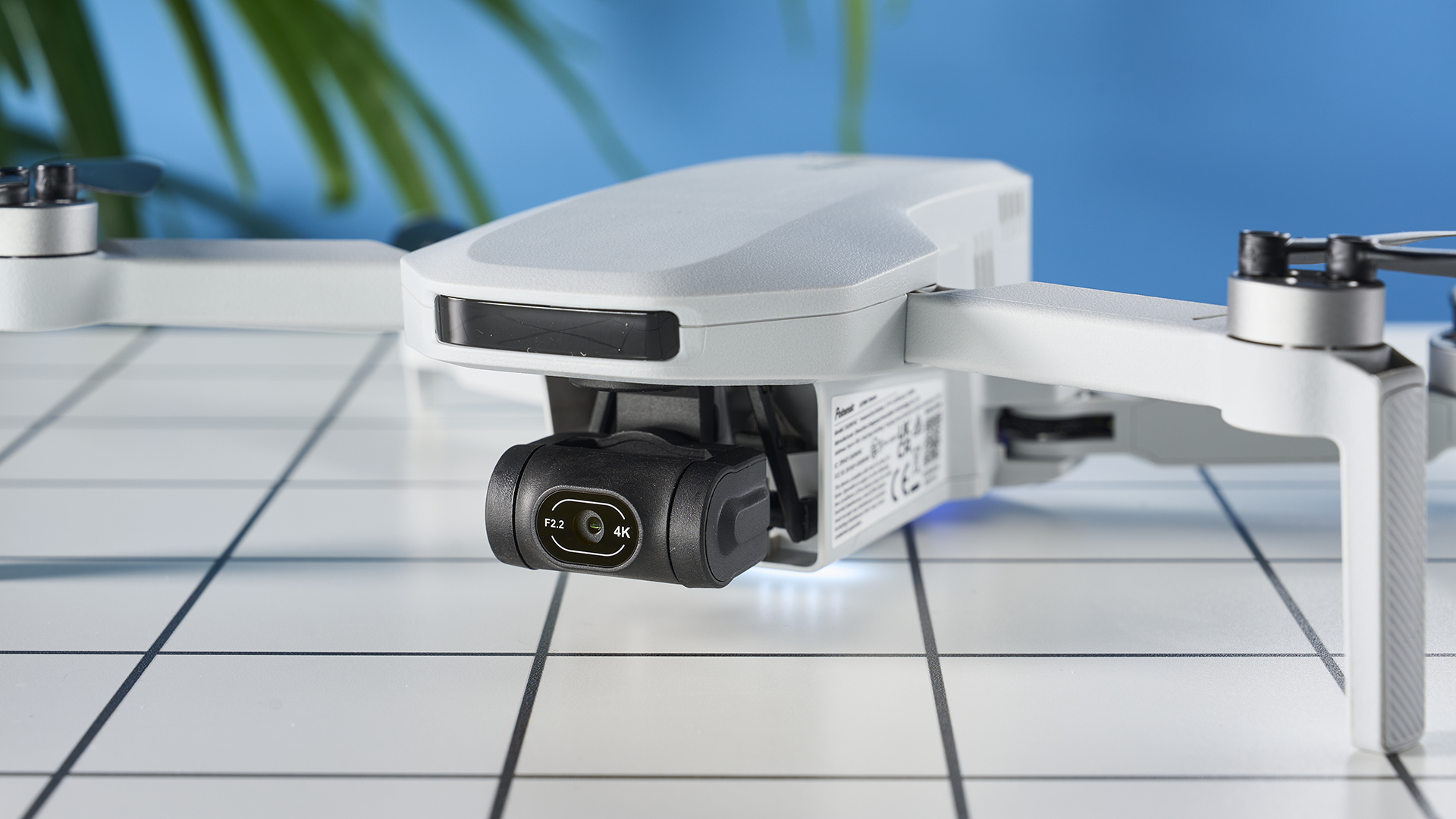
The Potensic Atom uses a three-axis gimbal design, which means that footage is more stable than, for example, the DJI Neo, which has a single-axis design. The three-axis gimbal also helps the Atom withstand winds up to 10.7m/s (level 5 wind).
The Atom boasts strong video capabilities, shooting 4K at 30fps or 1080p at up to 60fps, much like the Neo. The DJI Mini 2 SE, on the other hand, is limited to 2.7K at 30fps. The Atom has a 1/3-inch 12MP sensor and a 78° field of view from the lens. This FOV is narrower than the Mini 2 SE (83°), the Neo (117.6°), and the HOVERAir X1 (90°). The Atom has a fairly f/2.2 maximum aperture so it can capture decent images in moderately lit environments.
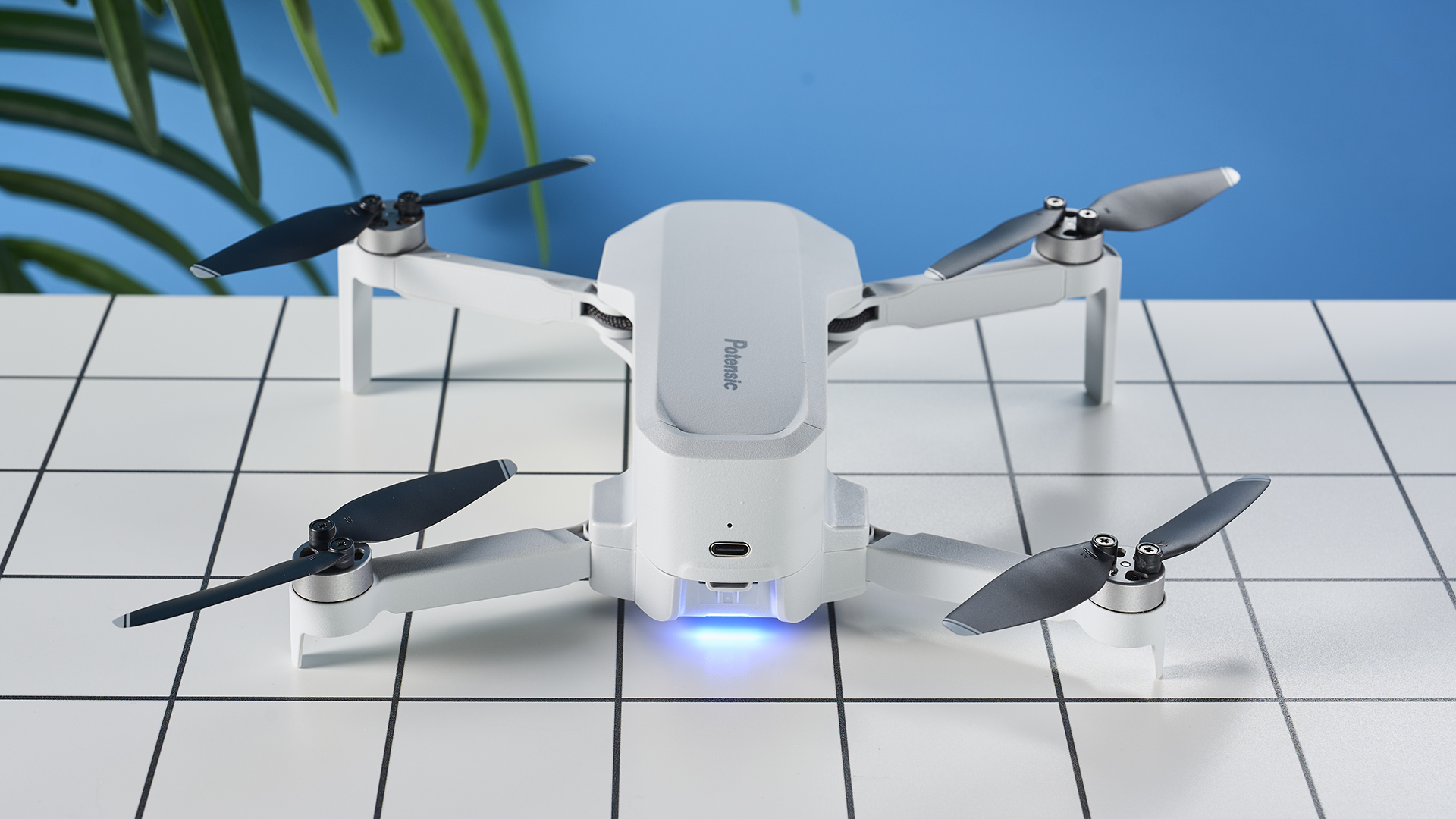
Unlike the cheaper Neo and the HOVERAir X1 but similar to the DJI Mini 2 SE, the Atom doesn’t come with internal storage, but you do get a slot for a microSD card.
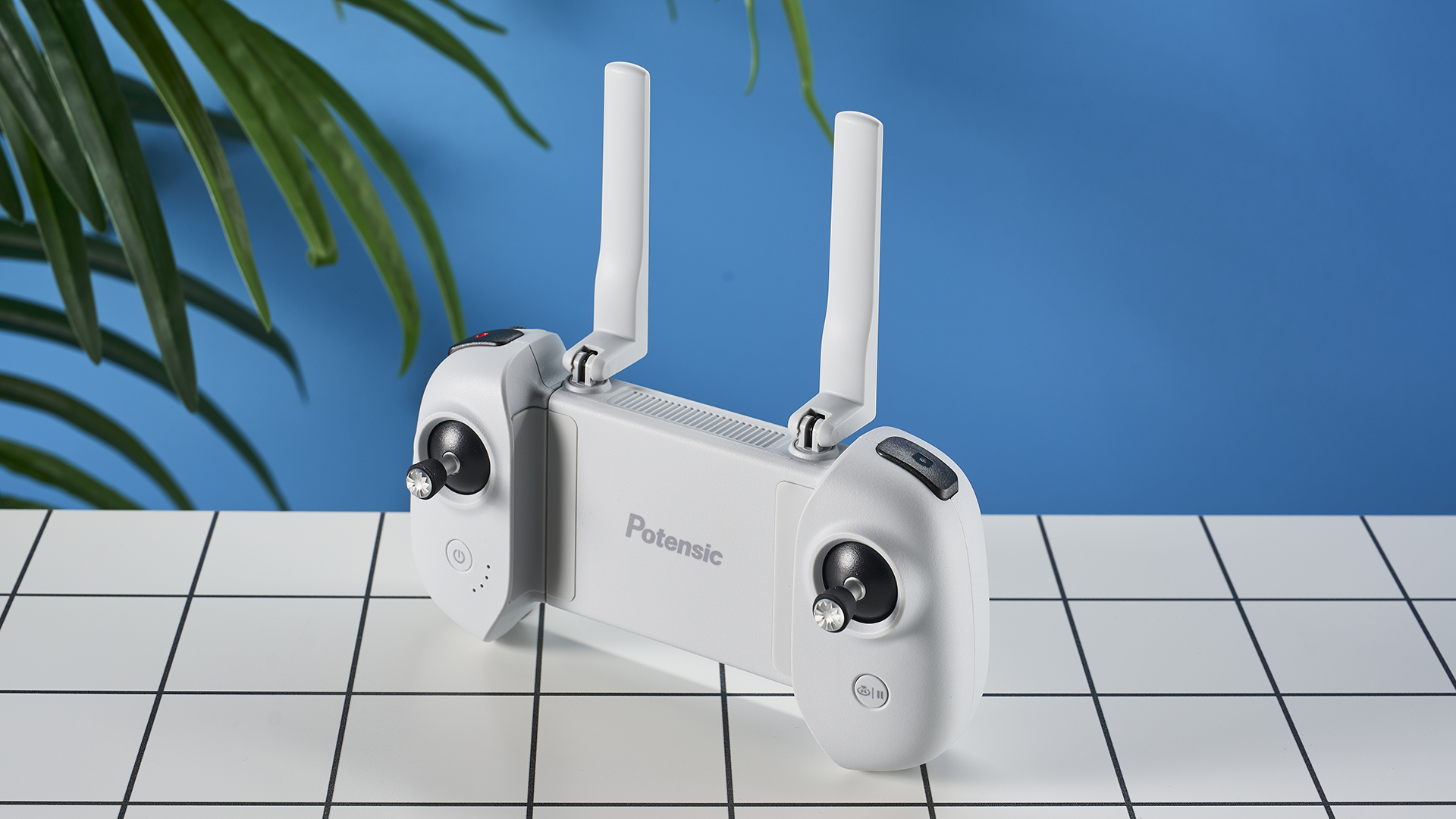
When using a Wi-Fi enabled smartphone to fly the Atom, you’ll be able to see the live camera feed for up to 3.7 miles. The Neo and the Mini 2 SE, on the other hand, have a live transmission distance of up to 6.2 miles, giving them an edge over the Atom.
Similar to the DJI drones, the Atom also features smart return-to-home technology to bring it back to its last known takeoff location, and this is automatically triggered when the Atom is low on battery.
The Atom also utilizes subject tracking AF which powers its five QuickShot modes: pull-away, rocket, boomerang, circle and spiral. All five modes can be triggered through the app (more on that soon) and work very well. You can use these to shoot content for quick sharing to your social channels.
It’s important to note, though, that the Atom doesn’t feature smart obstacle avoidance. This means that you’ll have to be really careful when flying next to trees, under bridges, etc. This is not abnormal for the price range, though; the feature is also absent from the Mini 2 SE, the Neo, and the HOVERAir X1.
Potensic Atom review: Image quality

Much like the DJI Neo, there’s only one camera in action here. The Potensic Atom has a 12MP camera that takes surprisingly detailed stills with faithful color reproduction. You can see the finer details too if you zoom in, like the chimneys atop the Royal Crescent in Bath, U.K. All the photos in this review were shot with the camera set to auto settings but there’s a manual mode too, so you can manually control the ISO, shutter speed and white balance.

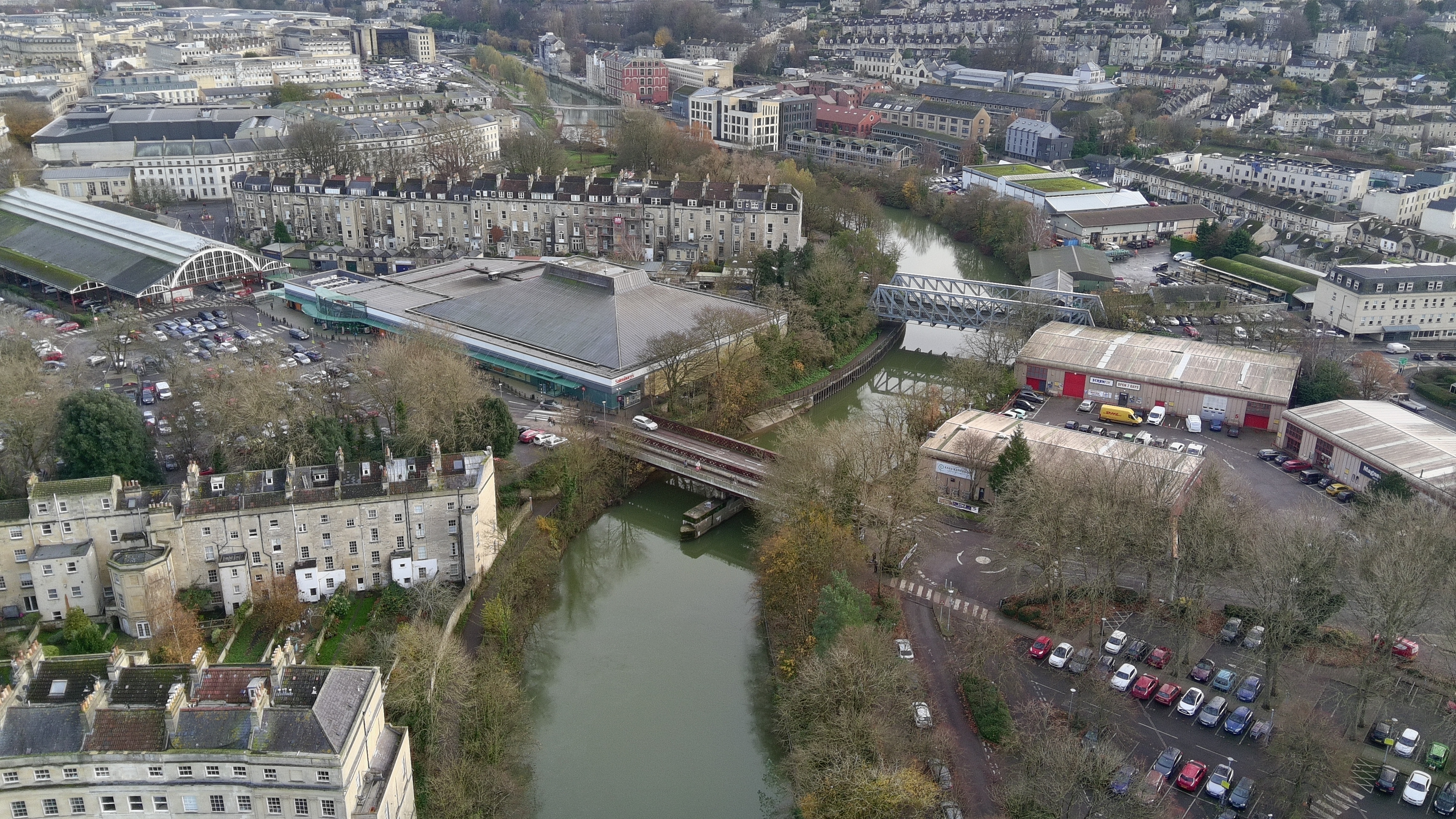
Speaking of color reproduction, I also love how the Atom handles contrasting shades. The lighter shades of the tree in the first photo above against the lush green grass looks lovely. You’re getting solid image quality for not a lot of money here.
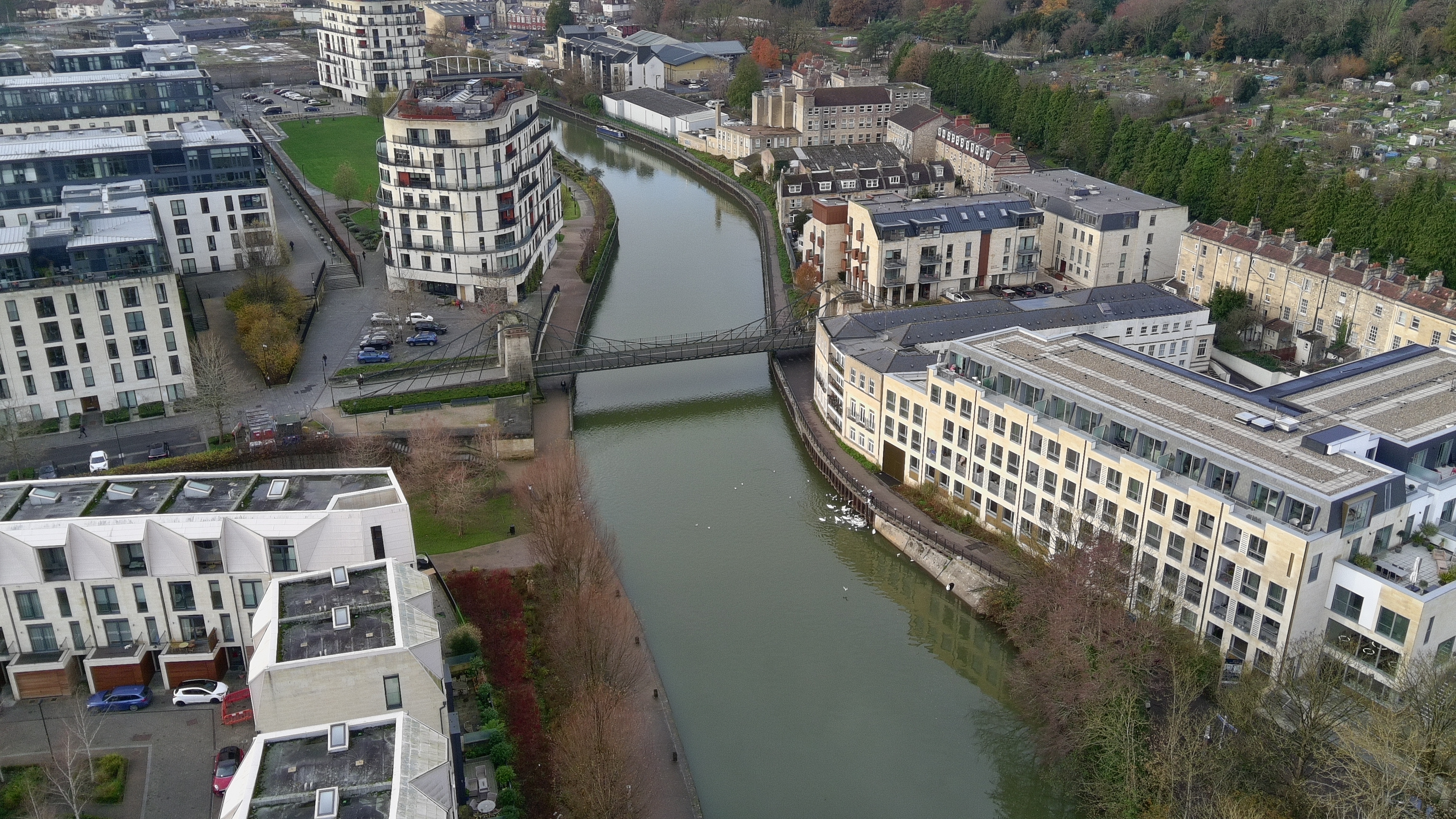
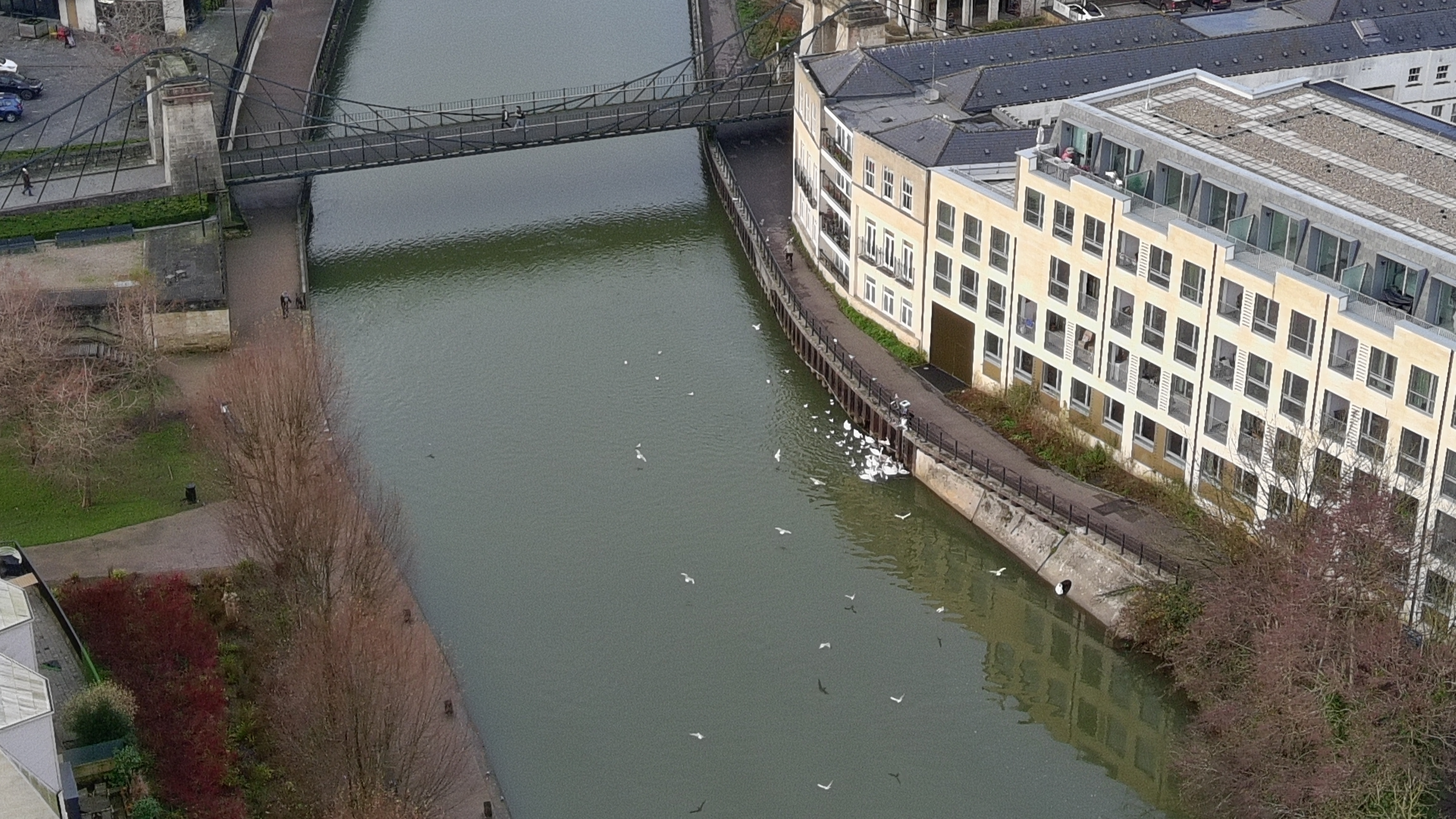
The Atom also has a 3x digital zoom when shooting in 1080P and 2x digital zoom when shooting in 4K. You can see the difference between 1x zoom and 2x zoom in the photos above. You lose some detail when zooming in as it’s just a 12MP camera and a small 1/3-inch sensor. In the second photo, you can also see some noise in the river but it doesn't ruin the image.
Potensic Atom review: Video quality
Video work is when the Potensic Atom really comes into its own. All the footage in this review was shot in 4K at 30fps, but you can also shoot in 4K at 25/24fps, 2.7K at 30/25/24fps, and 1080P at 60/50/30/25/24fps. The drone also features several QuickShot modes, similar to the DJI Neo, such as Pull-away, Rocket, Circle, Spiral, and Boomerang. I tested two of these (Circle and Pull-away) and both worked well.
As I mentioned before, the Atom utilizies a three-axis gimbal to capture stable footage, and you can see how smooth the footage is while panning and stopping above.
Another thing I like about the Atom is that while flying it, the live transmission feed will show you flying tips at the bottom of the screen. For instance, while flying in the city (as above), it told me to be wary of high-rise buildings and to not fly over a group of people. These tips can be quite handy if you’re just starting out with aerial photography.
I love the video of the Royal Crescent above. It’s one of prettiest buildings in the U.K. and the Atom has captured it in all its glory. Not only is the footage smooth but it’s also detailed with lovely colors. But like I said before, the Atom doesn’t feature obstacle avoidance so I had to be very careful when flying over the trees. It can be difficult to determine just how close the drone is to another object so use your judgment wisely.
Potensic Atom review: App
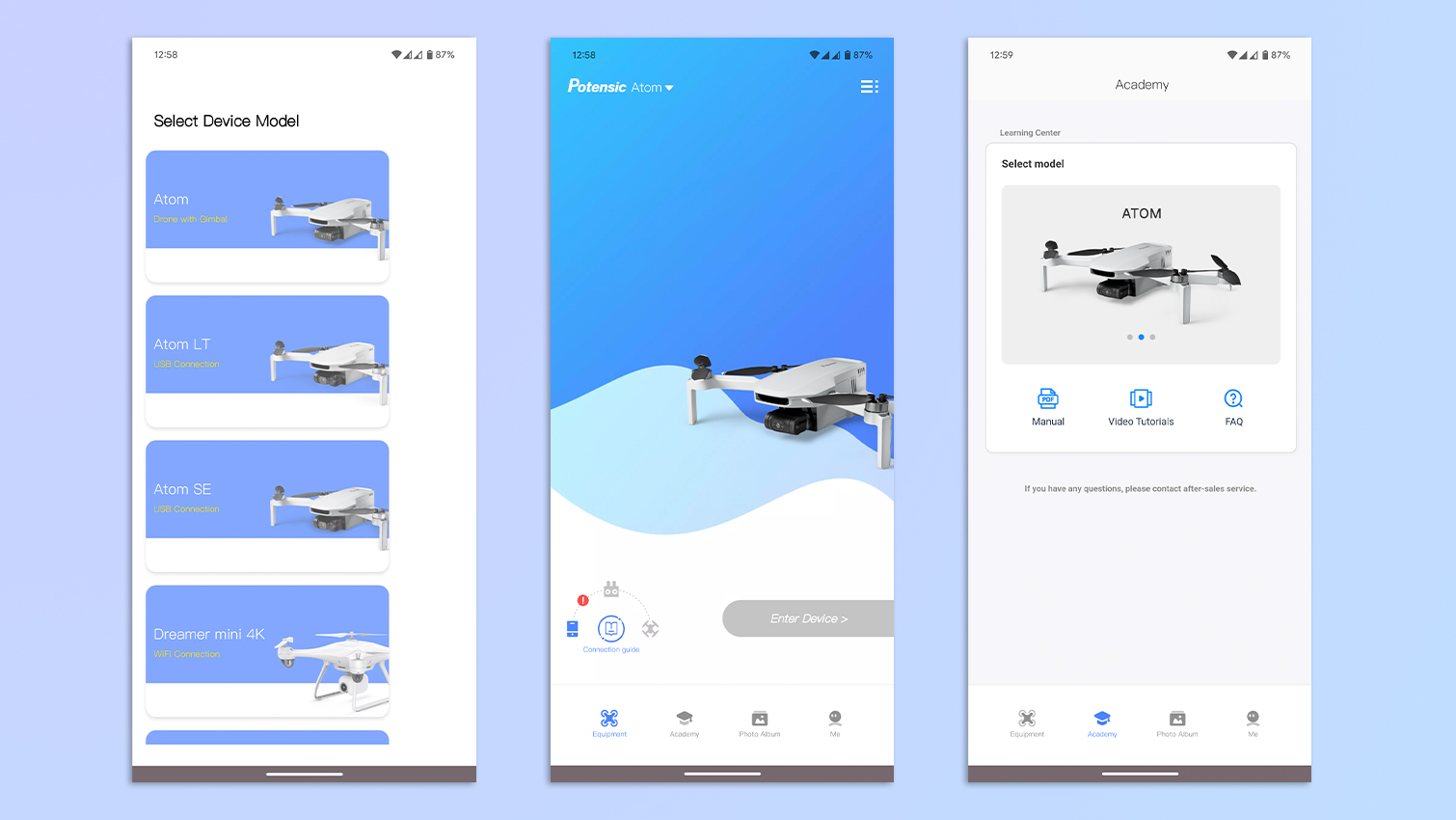
You’ll need the PotensicPro app on either iOS or Android to fly the Potensic Atom. The app has a user-friendly interface, quickly recognizes your drone when it’s connected, lets you update the firmware, view flight logs and data, and even access Potensic Academy to learn about drone photography.
I’ve enjoyed using the app but I wish it showed you a map of popular flying locations and local rules and regulations like the DJI Fly app does. I was still relying on DJI Fly even while testing a non-DJI drone.
Potensic Atom review: Battery life
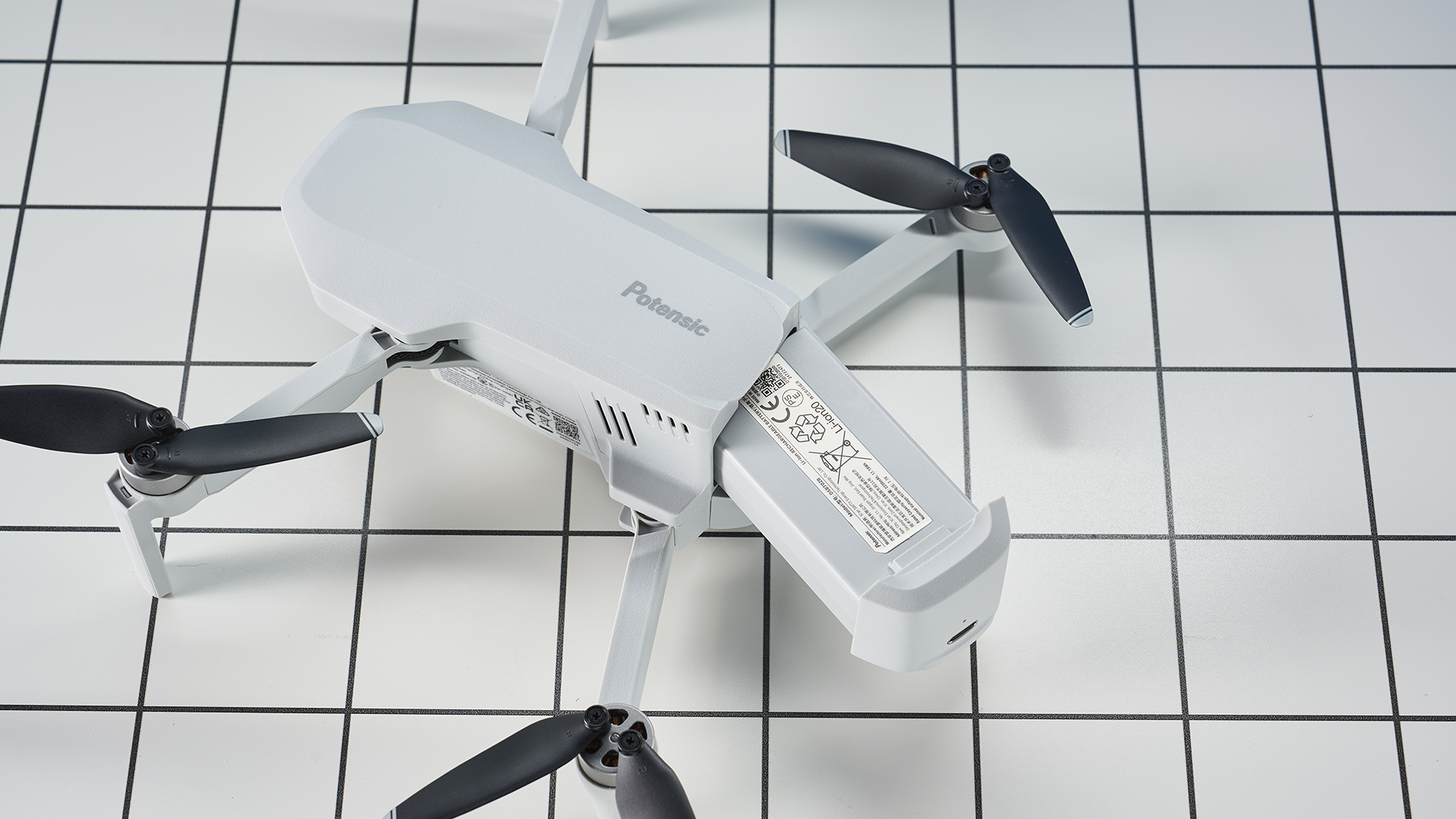
The Potensic Atom has a respectable battery life, with one battery being able to last up to 32 minutes. That’s one minute more than the DJI Mini 2 SE’s 31-minute flight time, and far better than the DJI Neo’s 18-minute and the HOVERAir X1’s 11-minute batteries.
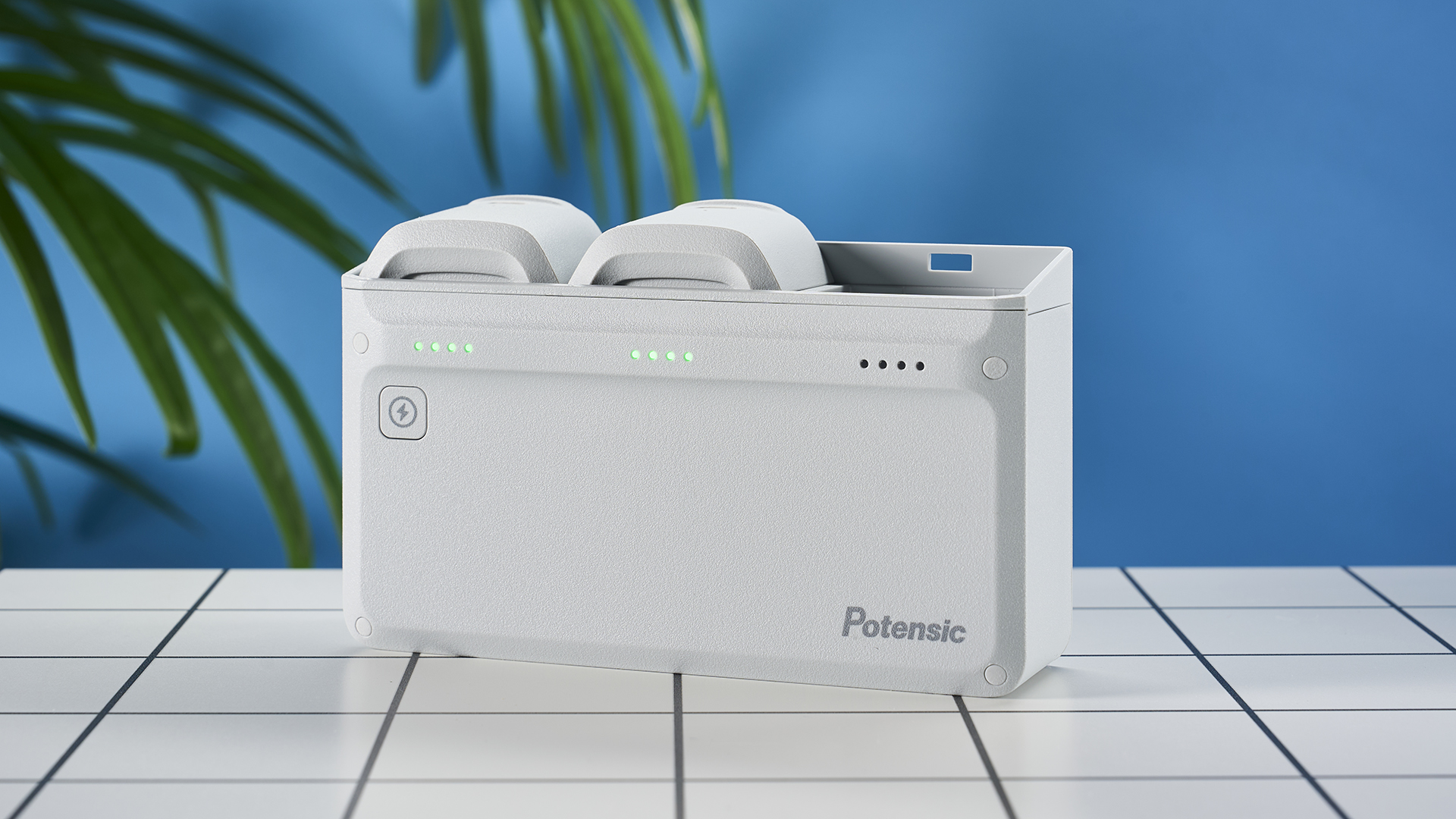
If you get the Fly More combo, you’ll get two spare batteries and will be able to bump the total flying time to 96 minutes. The charging hub uses a proprietary cable to charge all three batteries simultaneously and, in my testing, it took just under two hours to go from zero to 100%. Each battery also has a USB-C port for direct charging.
Potensic Atom review: Verdict
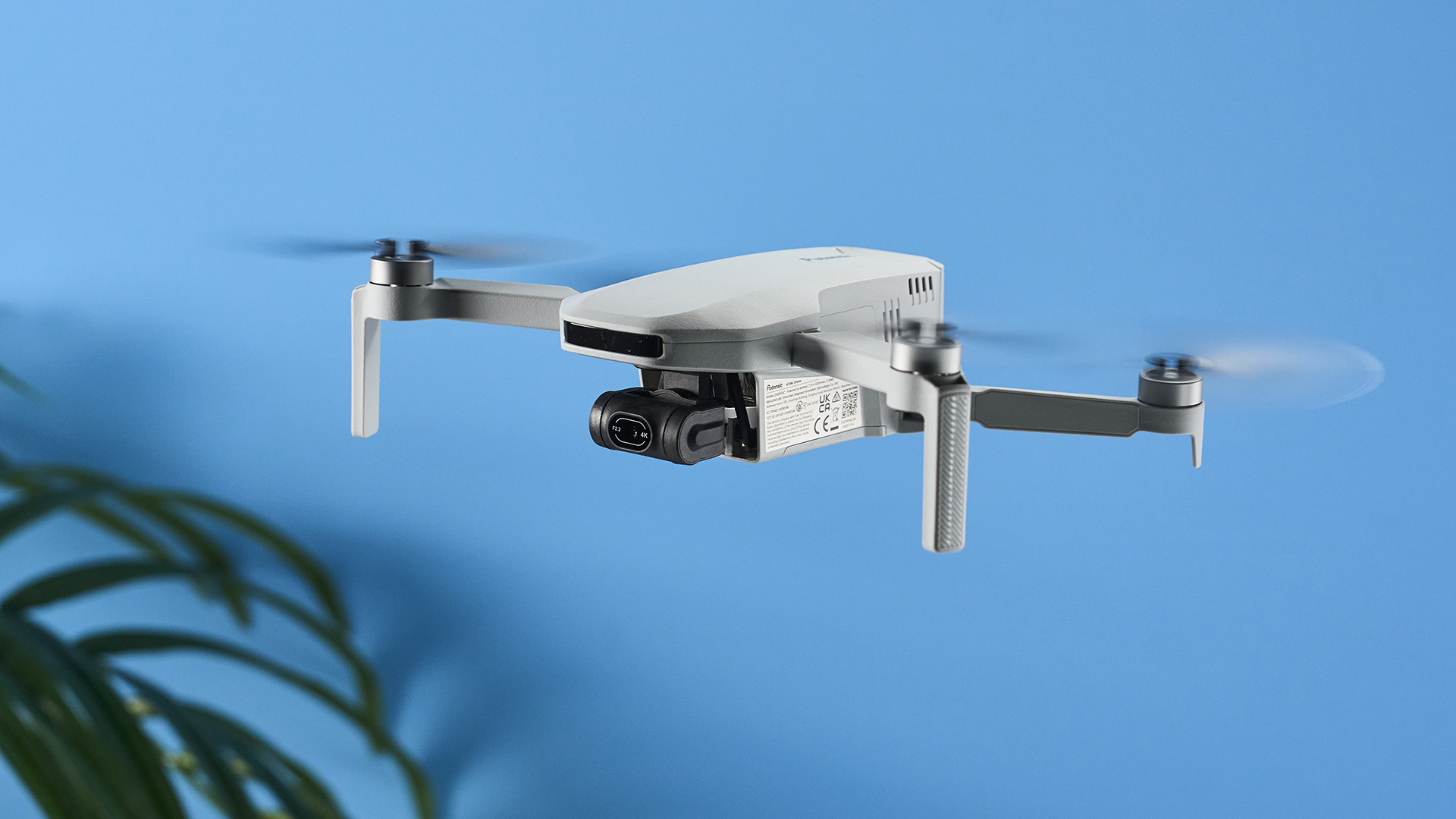
If you’re looking to get into aerial photography but don’t want to spend a fortune, the Potensic Atom is a great choice. Featuring a three-axis gimbal that delivers stable footage, 4K/30fps and 1080P/60fps video capture, and 12MP stills, you get some fantastic features for just $299. Battery life is strong too with a single charge resulting in 32 minutes of flight time. The drone weighs just 8.8 ounces too, which means you don’t have to worry about getting registered with the FAA/CAA before taking flight in the U.S. — although I recommend checking local laws before you take to the skies.
However, the Atom doesn’t feature any smart obstacle avoidance so you must be very mindful while flying it. The build quality isn’t fantastic either, although it suffices. Also, it has a narrow FOV compared to other similarly priced drones.
Regardless, the Atom is still very easy to recommend — and it would make for an awesome gift for your loved ones too.

Nikita is a Staff Writer on the Reviews team at Tom's Guide. She's a lifelong gaming and photography enthusiast, always on the lookout for the latest tech. Having worked as a Sub Editor and Writer for Canon EMEA, she has interviewed photographers from all over the world and working in different genres. When she’s not working, Nikita can usually be found sinking hours into RPGs on her PS5, flying a drone (she's a licensed drone pilot), at a concert, or watching F1. Her work has appeared in several publications including Motor Sport Magazine, NME, Marriott Bonvoy, The Independent, and Metro.
